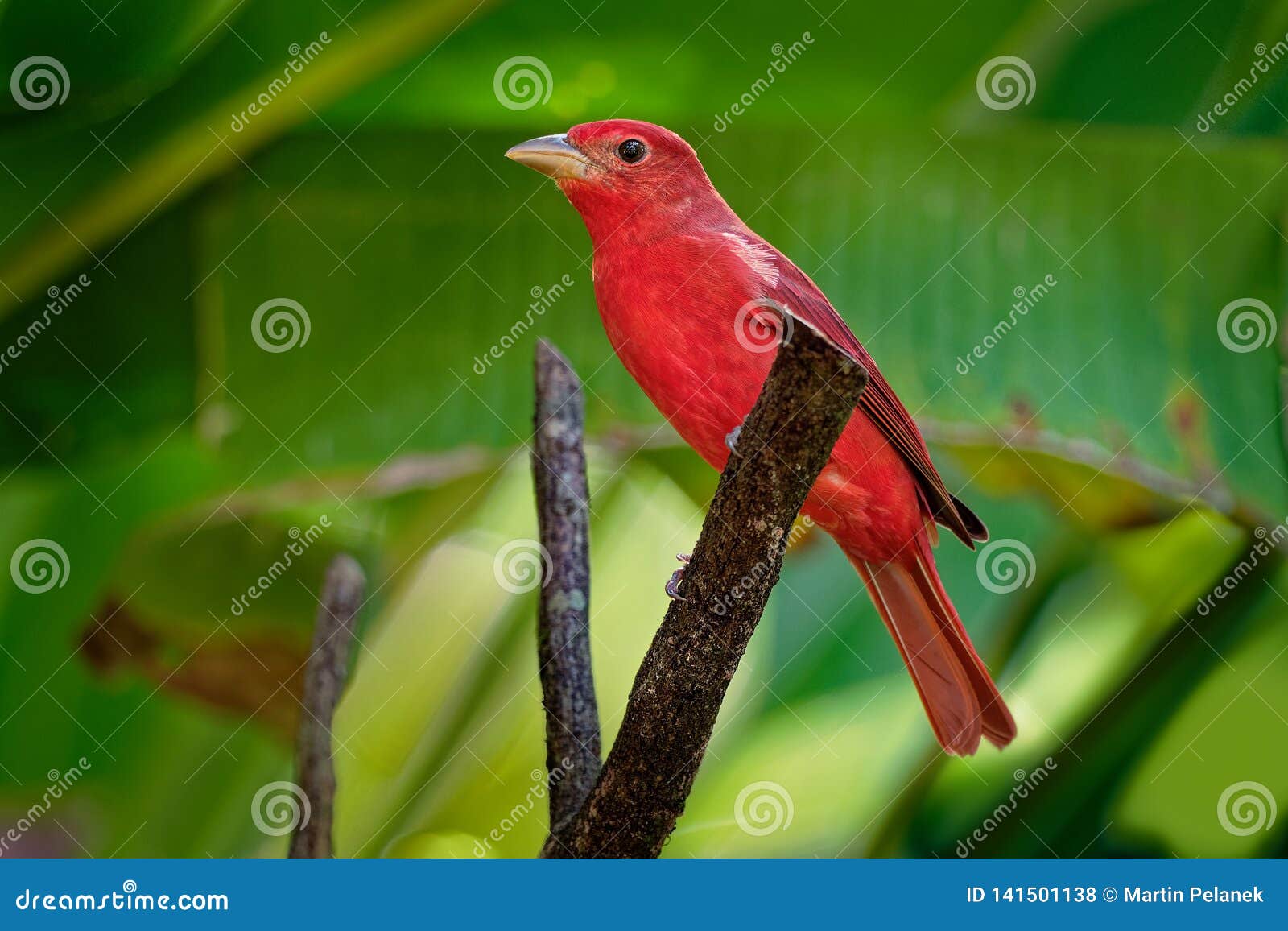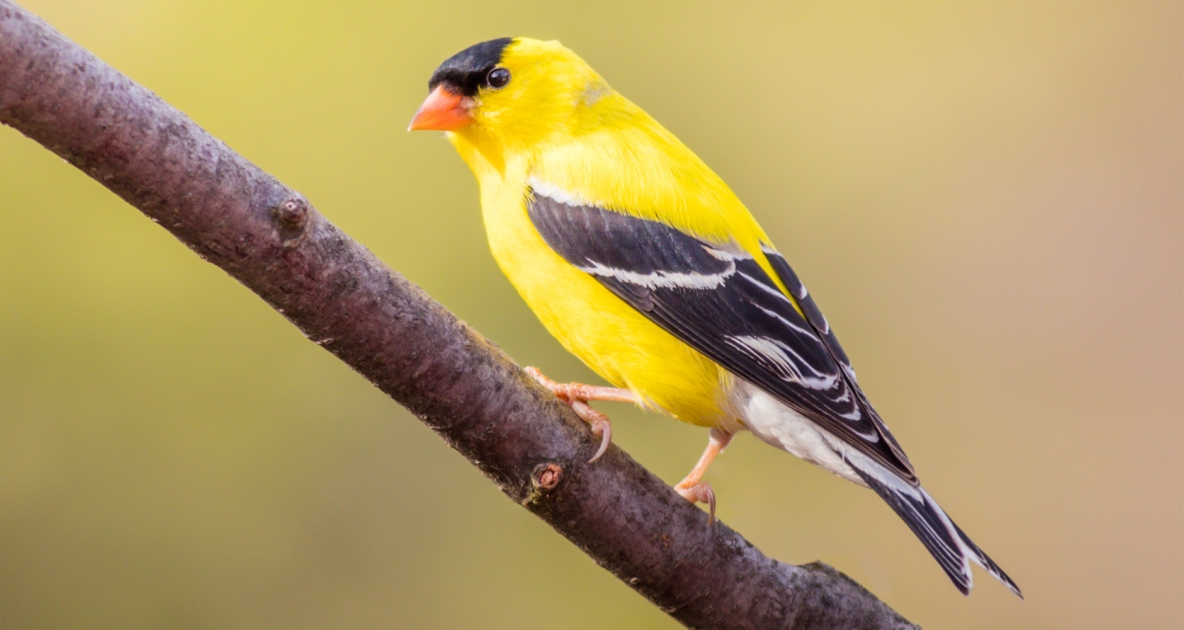

The plumage is another similarity between these two birds, they look almost identical.Many birders and naturalists know that scores of bird species in the U.S. They both live in yards, gardens, parks, open country areas where they can find plenty of food such as insects such as grasshoppers, beetles and ants but also includes some fruit including figs, wild grapes and mulberries. The orchard oriole, also has a similar habitat to that of the American robin. There are many similarities between the American robin and the orchard oriole. The diet of the orchard oriole consists mainly of insects such as grasshoppers, beetles and ants but also includes some fruit including figs, wild grapes and mulberries. They live mainly in riparian woodlands near water sources like streams and rivers, where they can find food. Bullocks Orioles are migratory birds that spend winters in central or South America. It ranges from west Texas to eastern Arizona, southern New Mexico, western Oklahoma and northeastern Mexico. The Bullocks Oriole is a medium-sized, slender bird that breeds in the southwestern United States and northern Mexico.

Baltimore Oriole Bird Facts (with Photos, ID & Info).It is about the same size and has a bright orange chest, and belly, with orange on its shoulders and tail feathers and a black head. The Baltimore Oriole looks very similar to the American Robin. Baltimore Orioles are territorial birds and will defend their territory aggressively by swooping at an intruder with their wings, pecking or jabbing them with their beaks. Their diet consists mainly of insects including ants, beetles and spiders which they for age for on the ground. They are also found on some Caribbean islands, as well as Mexico’s Gulf Coast.īaltimore Orioles live in deciduous or mixed forests with nearby water sources such as rivers, lakes, ponds or streams. The range of this bird is from southern Canada and Maine in the north, south to northern Florida and central Texas. The Baltimore Oriole is a North American songbird, native to the eastern United States. When it comes to eating, they only consume berries, leaf buds, small insects, spiders, beetles, and invertebrates. They are nocturnal animals and are also nocturnal when it comes to mate selection.ĭuring the nighttime hours, they choose to nest where there is a tree or bush that offers them plenty of cover, and they can even hide their eggs in a cavity made for nesting. On islands, where it is an abundant bird, it is most often found nesting in tall trees, but has also been observed nesting in hanging bird houses, bird feeders, cliff edges, balconies, pavilions, mangroves, crevasses, cliffs, rock walls and rooftops. It is a frequent visitor to marshes and thickets, where it nests during dry and cold springs and summer seasons and returns to its natal forest to feed during winter. The Spotted Towhee is a beautiful and stunningly bright robin like bird with an orange and black chest. The Spotted Towhee can be found in varied habitats, both on islands and along coastal areas. It has sharp eyesight and a strong beak, making it a skilled hunter. The American Robin is famous for its behavior of pulling earthworms from the ground, and can often be seen hopping across lawns in search of food. It has a bright red breast, gray-brown back, and white underbelly, and can be found in woodlands, parks, gardens, and suburban areas. Its arrival in the spring is eagerly awaited by bird watchers and nature enthusiasts.

The American Robin is a beloved bird in North America and symbolizes spring and renewal. The American Robin: Iconic Bird of Spring Learning to distinguish between species enhances bird watching, a popular hobby that deepens our appreciation of nature. Misidentification leads to incorrect observations and data, impacting our understanding of bird populations and conservation. By identifying birds’ habitats, behaviors, and diets, we gain insights into their interactions with the environment. 4 Author Differentiating Bird Species: Why It Matters?ĭistinguishing between bird species is crucial for understanding the natural world, preventing misidentification, and enhancing bird watching.3 Birds That Look Like Robins But Aren’t.2 The American Robin: Iconic Bird of Spring.1 Differentiating Bird Species: Why It Matters?.


 0 kommentar(er)
0 kommentar(er)
